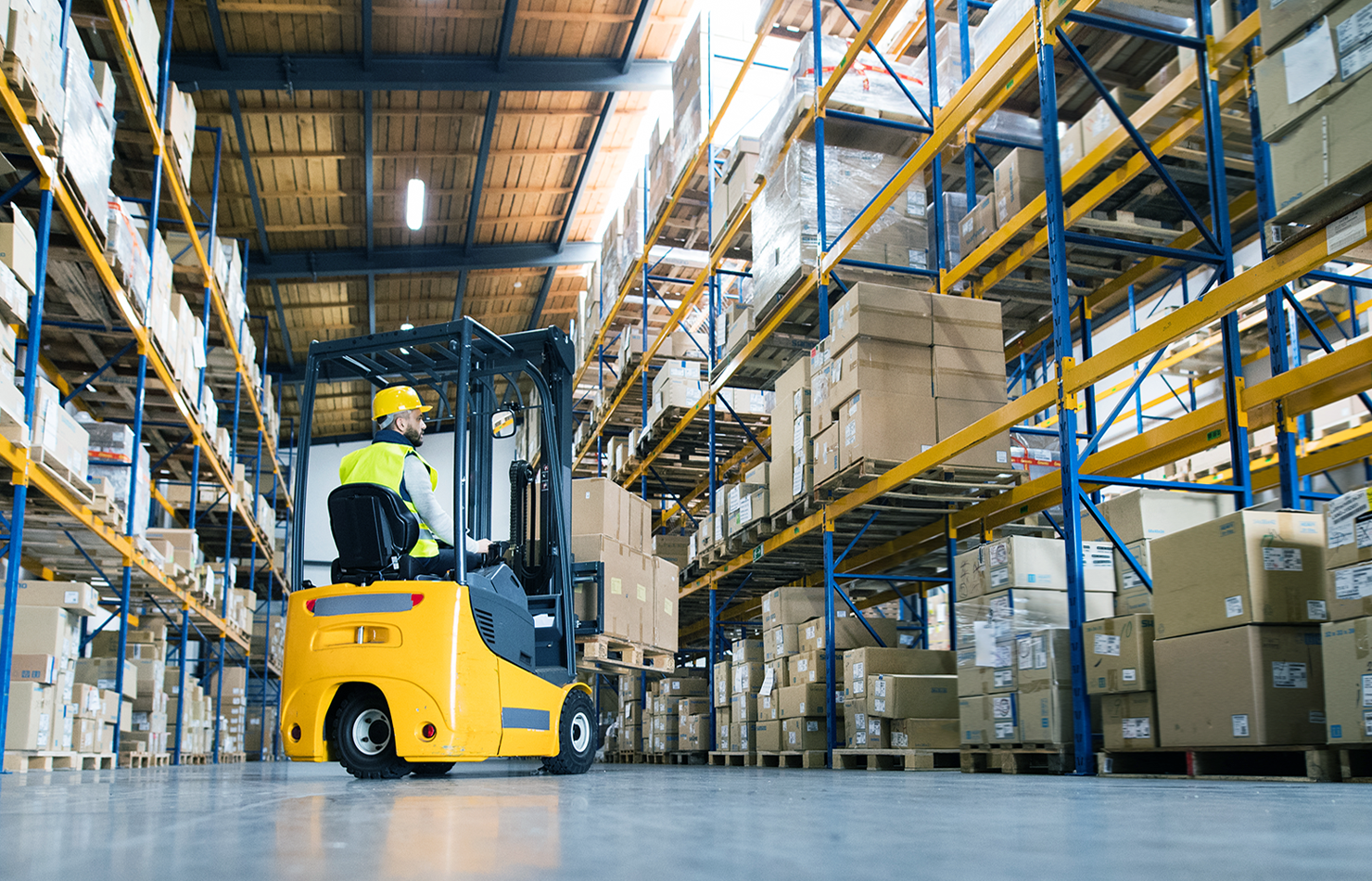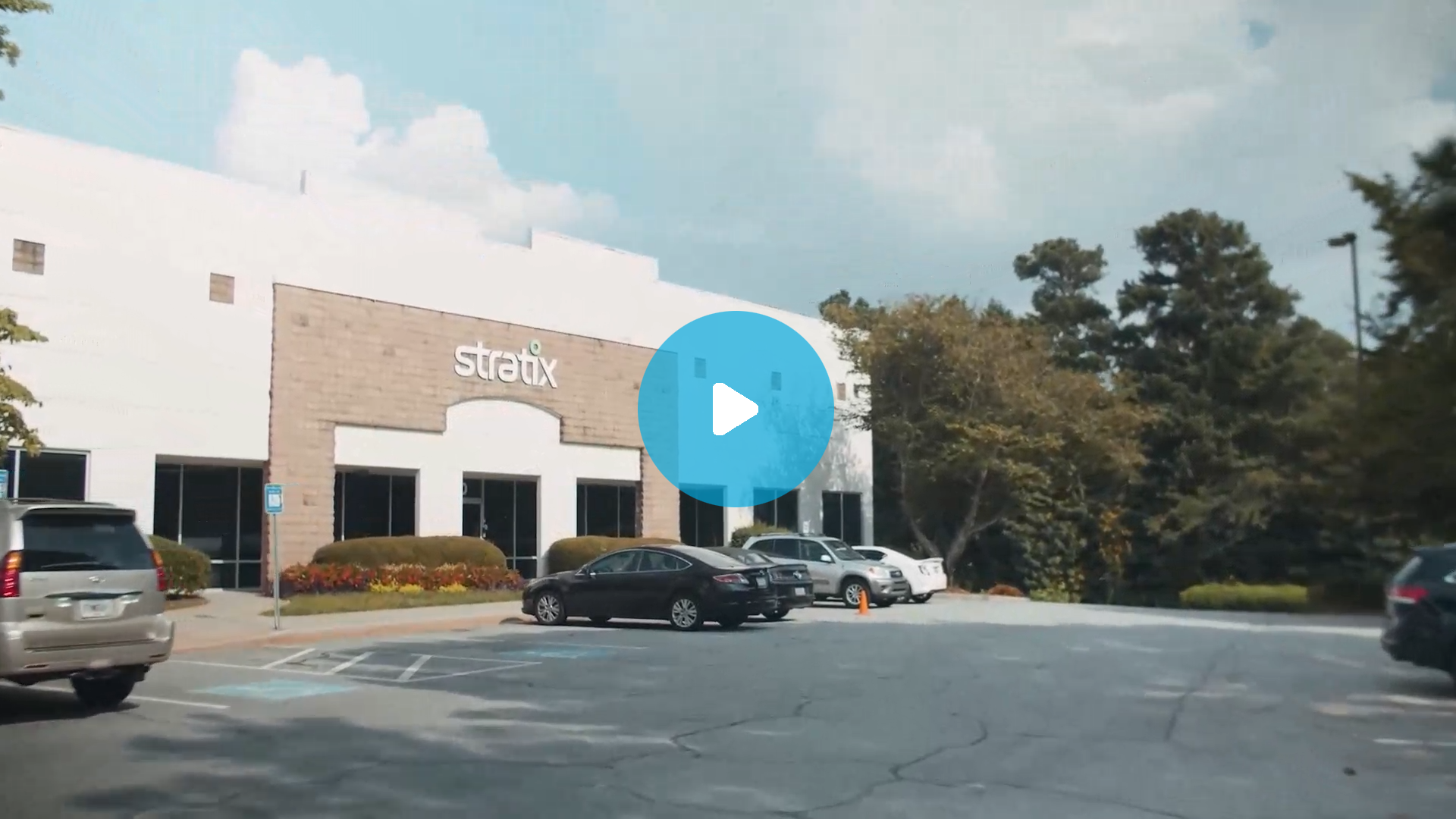For warehouse operations using mobile devices, it can be challenging to ensure uniform device configuration in multiple locations to maintain security and software update consistency.
Depending on the workflow, warehouse devices must be configured with the right tools, such as barcode scanners, proof-of-delivery tools and inventory management solutions that ensure accurate product counts. These devices also need to have up-to-date software versions and be built so employees have easy access to data. Accomplishing these tasks by handling each device individually can be a daunting task for the IT staff supporting one — or many — warehouses.
For IT administrators, a warehouse mobile solution utilizing Samsung Knox Configure helps tailor mobile devices over-the-air to suit their unique device configuration requirements, and is available on various smartphones, tablets and wearables running appropriate versions of Android and Tizen. Knox Configure brings software updates and security consistency to warehouse managers without having to manually handle each device.
Remote Enterprise Configuration
IT admins don’t always have physical access to the devices, so the Knox Configure remote capability allows the admin to quickly and remotely configure and deploy hardware, giving warehouse workers the capabilities they need as quickly as possible.
Devices can be configured without unboxing to fine-tune settings to business requirements automatically during initial setup. Admins can create profiles with device settings, restrictions, apps and other content, and enrolled devices will automatically receive them via Wi-Fi and mobile data. Customized setup routines allow properly configured smartphones and tablets to be put into warehouses faster than individually commissioning each device.
Full Device Control and Security
Samsung Knox features give admins control over a wide range of settings at the granular level for full control of corporate-liable devices. After deployment, the devices can receive server push notifications to dynamically update apps and configurations. With these features, warehouse IT managers can ensure that software is consistent across multiple locations and user groups with enterprise-wide over-the-air updates, without having to visit warehouse locations.
Admins can also create purpose-built appliances, transforming off-the-shelf devices into single-purpose devices and deliver only the user experience required to meet business needs.
Configuration options include locking down devices to leave only mission-critical access available. All connectivity settings, including Wi-Fi, Bluetooth, GPS, NFC and Flight mode, can be turned off. Additionally, mobile data and SIM lock functions can be remotely managed. For an additional layer of security, admins can also deactivate pre-installed bloatware.
Device features can be managed to maintain security including restricted roaming and tethering, SD card and USB storage lockout and disabling the camera and microphone.
Knox Configure enables device customization with only the apps required for the tasks, and the home and lock screens can be designed to provide relevant corporate information to users. Customized shortcuts provide access to commonly used content, such as corporate websites, important phone numbers and other inventory information.
Warehouse Management Configuration
Mobile devices free employees in shipping and receiving from being constrained by a desktop computer. Mobile devices such as rugged tablets for warehouses and unlocked smartphones allow users to engage with a single device, no matter where they are in the warehouse. The mobile device can easily be configured to make specific needs and tasks possible.
Knox Configure supports popular warehouse management tools such as Scandit solutions installed on mobile devices. Remote mobile device configuration allows IT admins to set up smartphones and tablets with these apps ready to use out of the box. On deployed devices, apps such as the Scandit barcode reader, mobile proof of delivery, and shipping and receiving tools can be loaded and set to launch whenever it is turned on at the warehouse.
For warehouse operations using mobile devices, Knox Configure delivers a powerful set of tools for device configuration supporting business requirements and making employees’ lives easier.
Implementing the right warehouse mobile solution for your organization requires the right partnerships to fully unlock the potential of mobile technology. A partner like Stratix can manage your devices, push necessary updates out across your fleet, rapidly respond to support needs and help you implement transformative mobile technology across the entire supply chain.
Ensure your business is on the cutting edge of Warehouse technology by checking out Stratix’s full line of Warehouse logistics solutions and Samsung mobile devices.

How to Increase Warehouse Efficiency Leveraging Mobile Technology
7 steps to beating the challenge of manual process and legacy systems
Get the Guide








